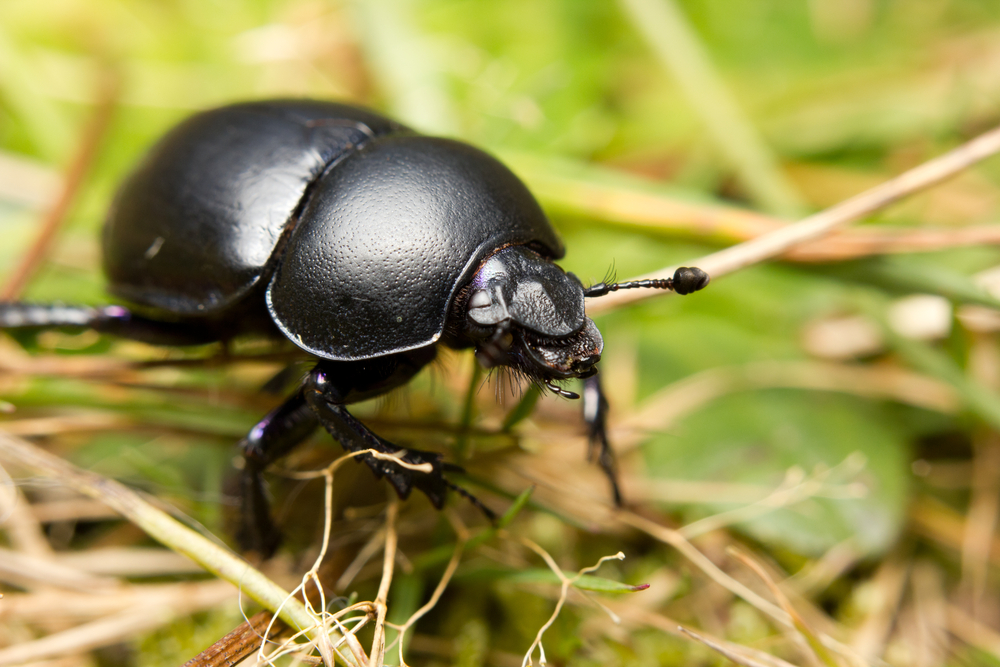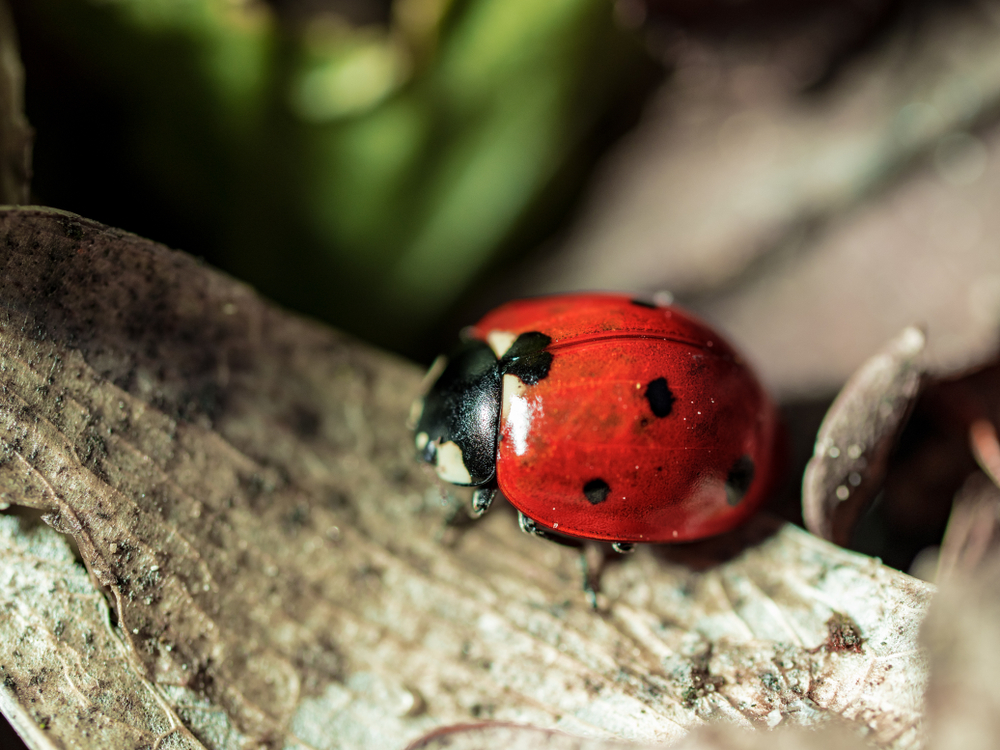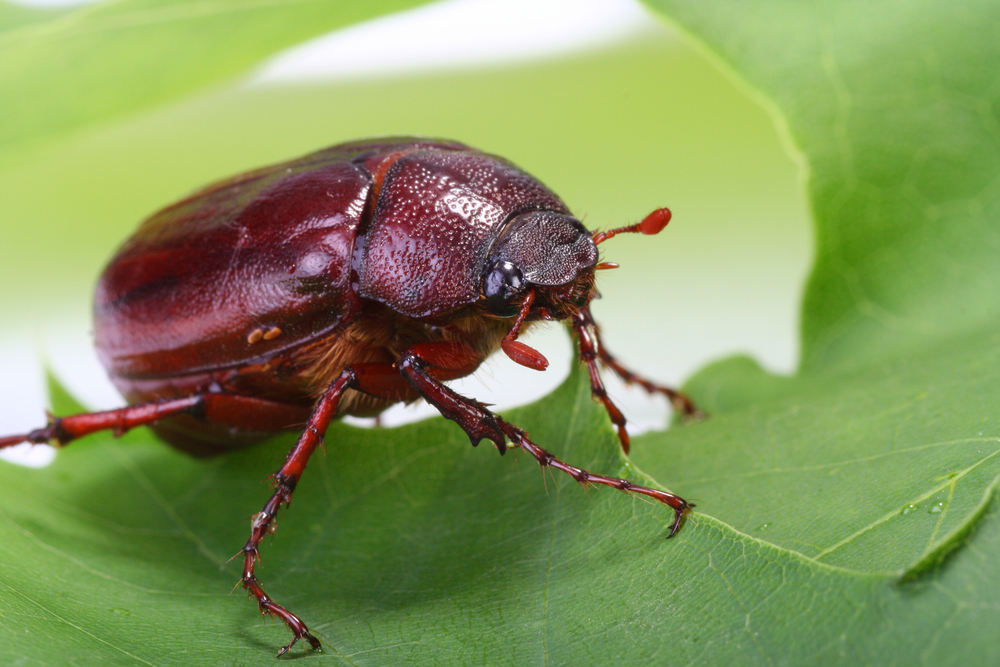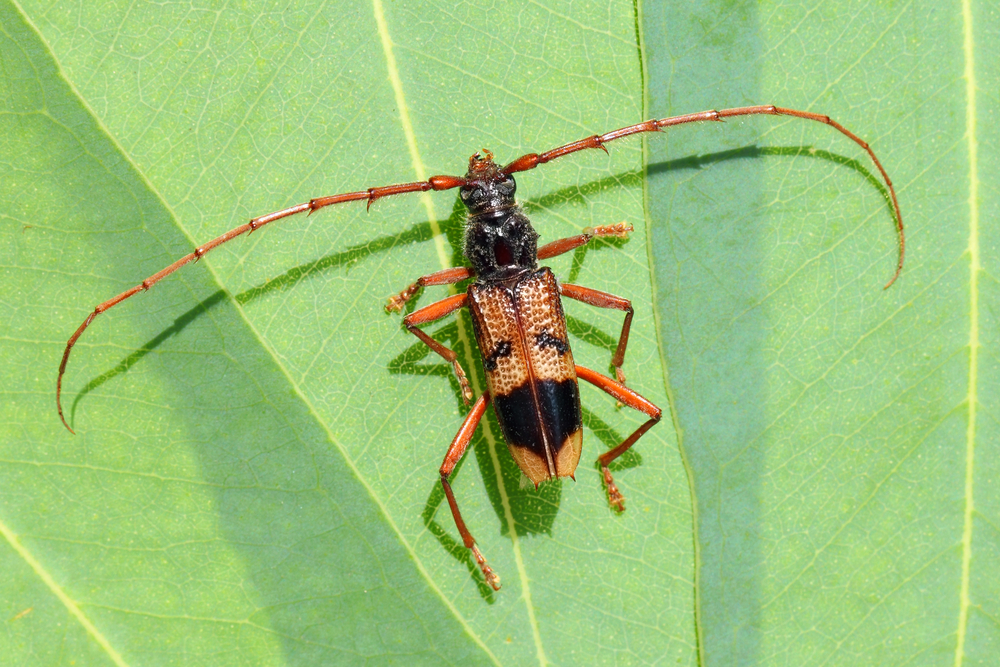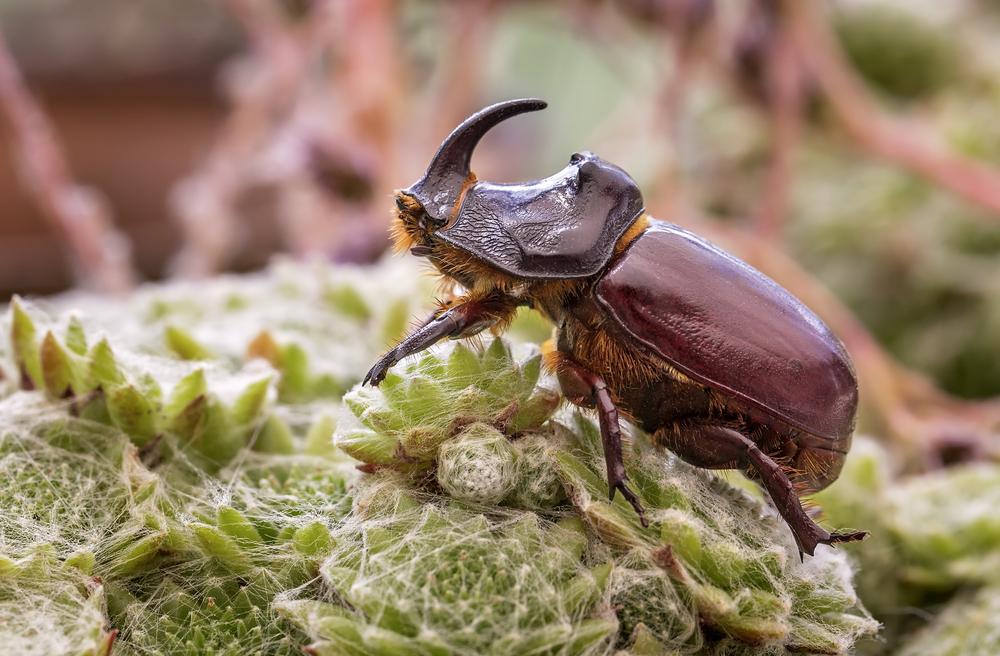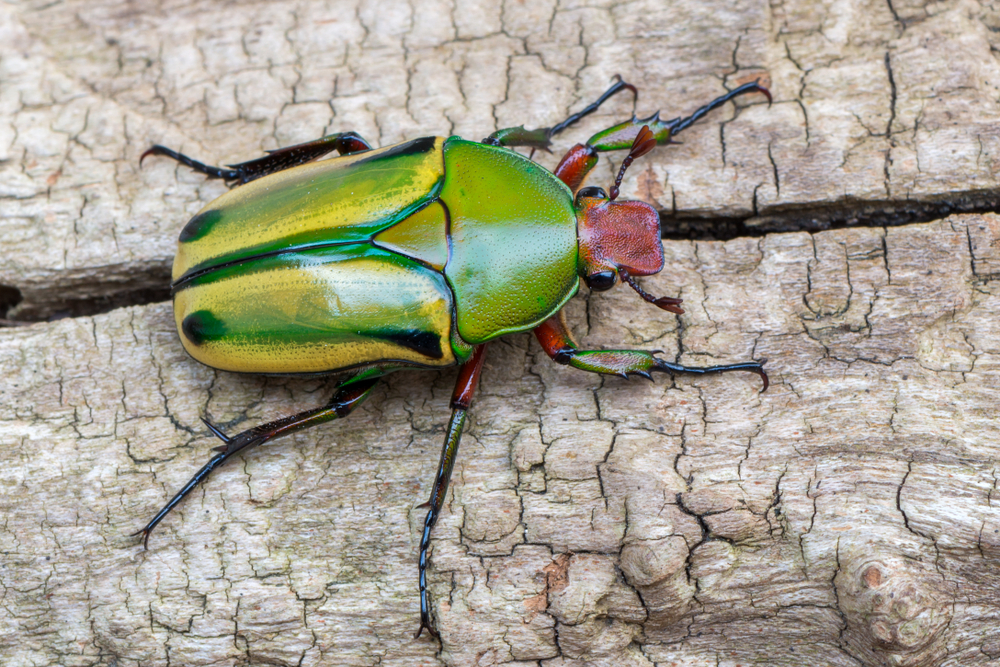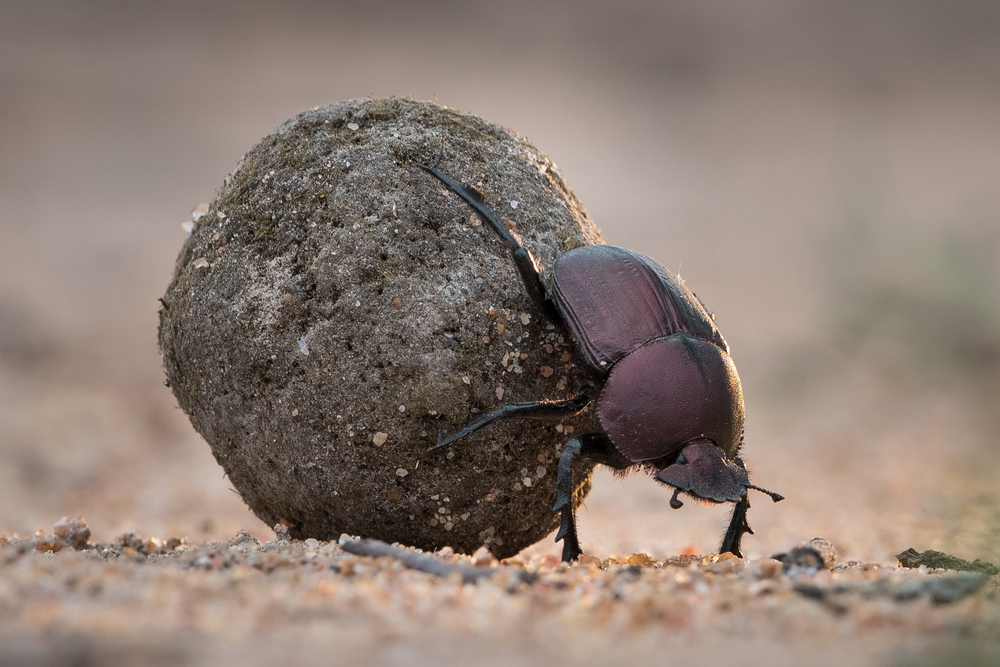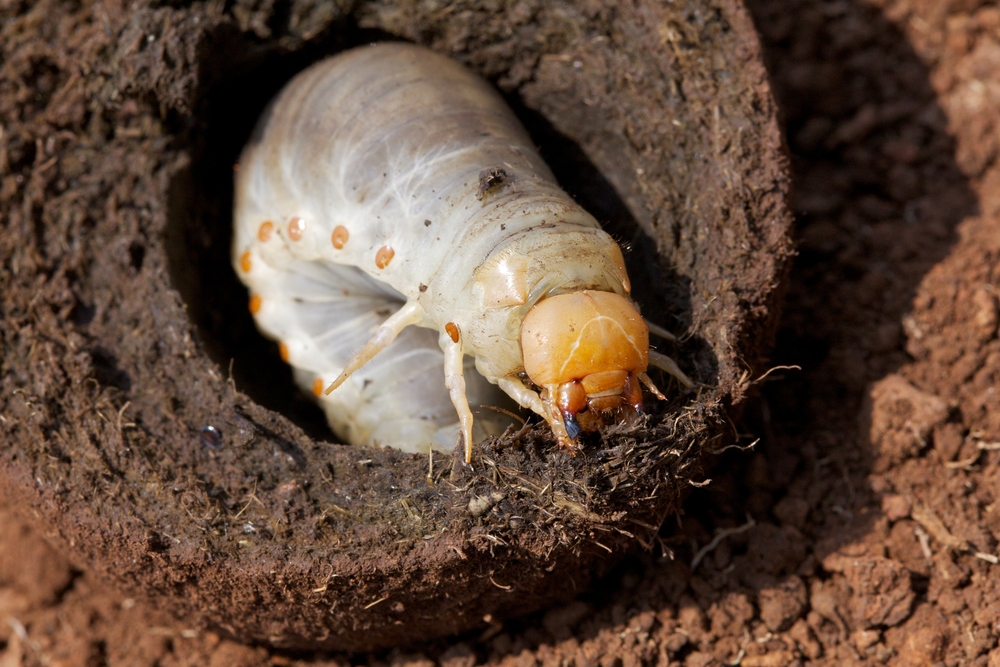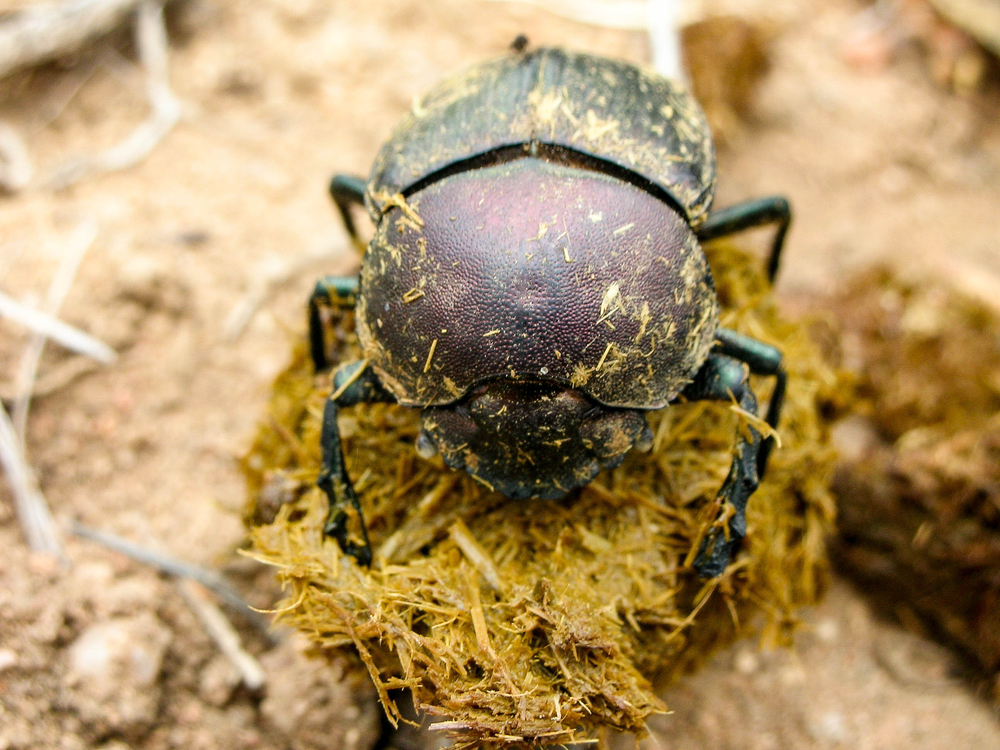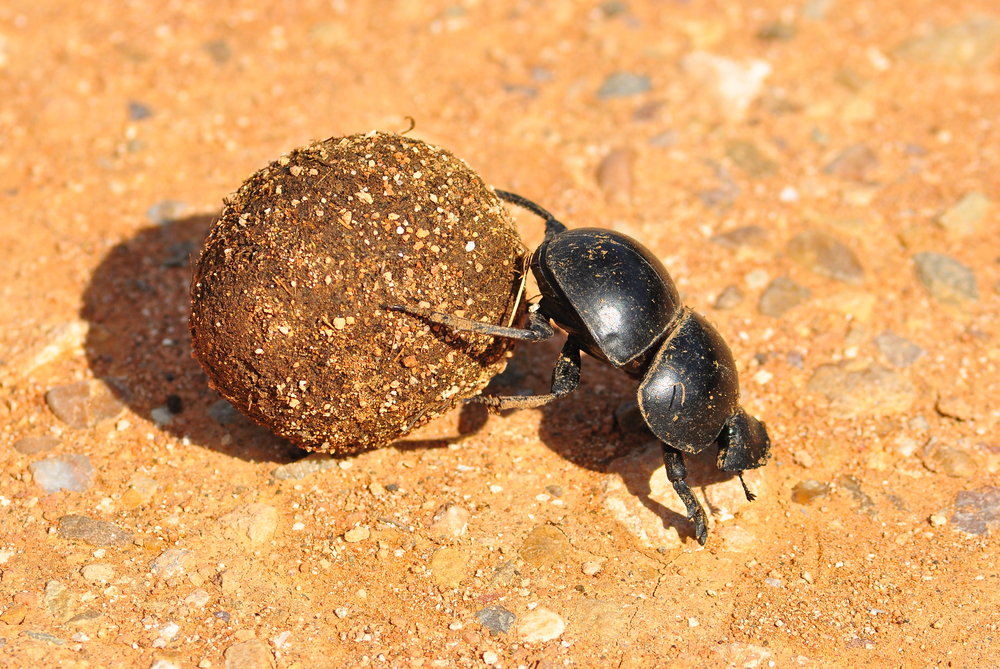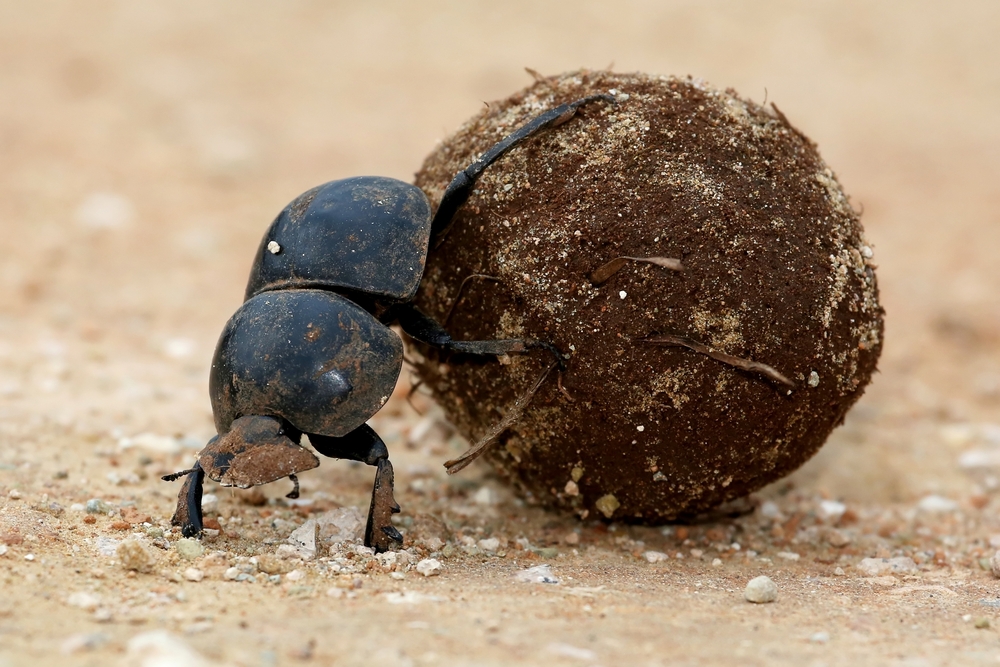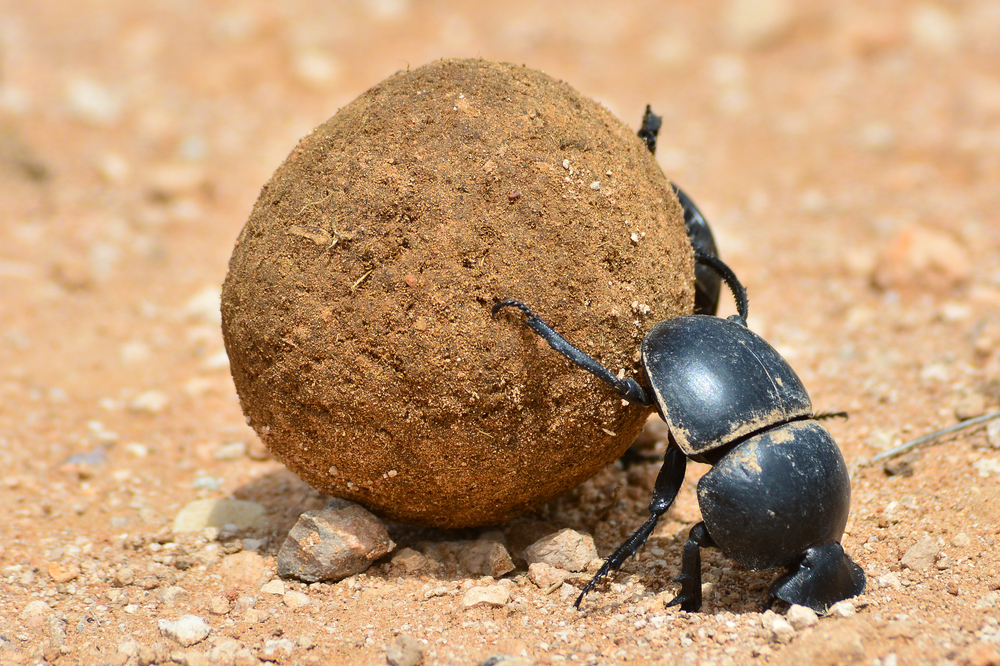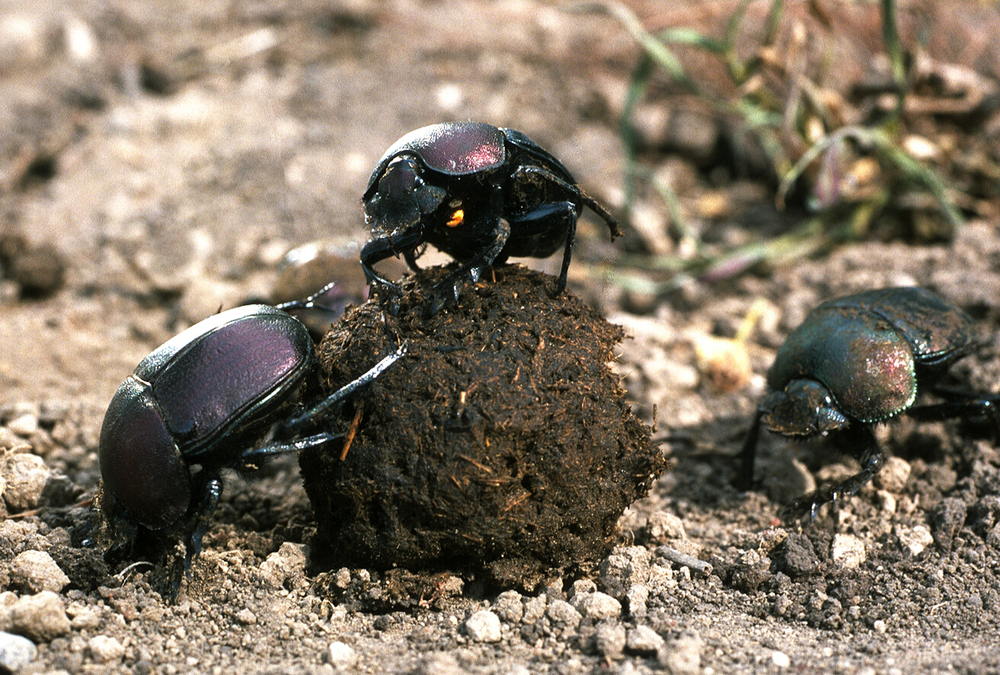There are over 6,000 species of dung beetles worldwide, and they belong to various genera and families. These species can be found on every continent except Antarctica, and they play a vital ecological role in recycling dung and improving soil health. Dung beetles are known for their diverse behaviors and adaptations, making them a fascinating group of insects to study.
About
The Dung Beetle, scientifically known as the Scarabaeidae family within the Animal Kingdom’s order Coleoptera, which also includes beetles like ladybugs and stag beetles. Dung beetles are renowned for their fascinating ecological role in recycling animal waste and maintaining ecosystem health.
Dung beetles come in various shapes, sizes, and colors, but they are generally characterized by their strong, compact bodies and distinctive horn-like structures on their heads. These beetles play vital roles in ecosystems by feeding on dung, which they roll into balls and bury underground. This behavior helps to break down organic matter, recycle nutrients, and improve soil fertility.
Dung beetles are found in diverse habitats worldwide, ranging from grasslands and savannas to forests and deserts. They are often observed in close association with mammal dung sources, including cattle, elephants, and other large herbivores.
Conservation Needs and Status
Dung beetles play critical roles in nutrient cycling and ecosystem functioning, making them ecologically important species. However, they face various conservation challenges, including habitat loss and fragmentation, pesticide use, and climate change impacts.
While dung beetles are not individually assessed for conservation status on the International Union for Conservation of Nature (IUCN) Red List, they are considered essential components of healthy ecosystems. Conservation efforts aimed at protecting dung beetles involve preserving their habitats, reducing pesticide use in agricultural and urban areas, and promoting sustainable land management practices.
Educational initiatives aimed at raising awareness about the ecological importance of dung beetles and their conservation needs are also crucial for fostering public support and engagement. Continued research and monitoring are necessary to assess population trends, understand the impacts of human activities on dung beetle communities, and implement effective conservation measures to ensure their long-term survival.
Physical Characteristics
Dung beetles are robust, compact insects known for their hard, protective exoskeletons and strong, clawed legs adapted for digging and rolling dung. They vary in color, with some species displaying dull, black or brown hues, while others exhibit metallic shades of blue, green, or copper. Dung beetles typically have a rounded or oval body shape, and many species have distinctive, horn-like structures on their heads, especially the males, which use them in battles over mates and dung balls.
Physical characteristics of dung beetles, including size and weight, can vary significantly among different species:
- Size:
- Length: Dung beetles range in size from about 0.08 inches to over 2.4 inches (2 mm to over 6 cm). The majority of dung beetles are about 0.5 to 1 inch (1.3 to 2.5 cm) long.
- Width and Height: Their width and height are proportionate to their length, giving them a generally stout and rounded appearance.
- Weight:
- Dung beetles are relatively lightweight due to their small size. They typically weigh between 0.03 ounces and 3.5 ounces (1 to 100 grams), with most species on the lighter end of that range.
These physical characteristics enable dung beetles to effectively navigate their environment, manipulate dung, and, in the case of tunneler species, burrow efficiently into the ground. Their strength is particularly notable, with some species capable of moving dung balls up to 1,141 times their own body weight, a feat that, proportionally, is one of the strongest in the animal kingdom
Reproduction
The reproductive cycle of dung beetles is fascinating and closely tied to their unique lifestyle revolving around dung. Here’s an overview of their reproductive process:
- Mating: The process often begins with the male dung beetle locating and processing dung into a ball. In some species, males use these dung balls to attract females. After mating, which usually occurs on or near the dung ball, the female lays her eggs inside it.
- Egg-Laying: The female dung beetle lays her eggs within the dung ball or in a burrow, depending on the species. The dung serves as a nutrient-rich food source for the larvae once they hatch. The number of eggs laid varies by species but typically ranges from one to several dozen.
- Gestation Period: The gestation period, or the time it takes for the eggs to hatch, is relatively short in dung beetles. It can vary depending on environmental conditions like temperature and humidity but generally lasts from several days to a couple of weeks.
- Larval Stage: Once the eggs hatch, the larvae feed on the dung surrounding them. This stage is crucial for growth and development. The larvae go through several molts, shedding their exoskeletons to grow.
- Pupation: After the larval stage, the dung beetle enters the pupal stage, during which it undergoes metamorphosis. The pupal stage takes place within a cocoon constructed from dung, and the duration can vary based on the species and environmental conditions.
- Emergence of Adults: After pupation, the fully formed adult dung beetles emerge. These adults will then continue the cycle, seeking out dung to feed on and using it for reproduction.
The entire process from egg to adult emergence can vary but typically spans several weeks to a few months. The life cycle of dung beetles is closely tied to their environment and the availability of dung, which is essential for both the nutrition of the developing larvae and the construction of breeding sites
Lifespan
The lifespan of dung beetles varies among species and is influenced by factors such as climate, habitat, and predation. Here’s a general overview of their lifespan and the threats they face:
Lifespan
- In the Wild: Dung beetles typically live for several months to a couple of years in the wild. Their lifecycle, from egg to adult, may last from a few weeks to several months, and once they reach adulthood, they may live for a similar length of time, depending on environmental conditions and the availability of resources.
- In Captivity: Under controlled conditions, with threats like predators and diseases minimized, dung beetles can live longer. In captivity, they can live up to their maximum lifespan, which, for some species, might extend to a few years.
Biggest Threats
- Habitat Loss and Fragmentation: As with many species, the loss of natural habitats due to human activities such as agriculture, urbanization, and deforestation is a significant threat to dung beetles. Habitat fragmentation can isolate populations and reduce the availability of resources.
- Pesticides and Chemicals: The use of pesticides in agriculture can harm dung beetles, either directly by poisoning them or indirectly by reducing their food supply (dung from animals that have been treated with certain medications).
- Climate Change: Changes in climate can affect dung beetles, especially species that are adapted to specific environmental conditions. Altered rainfall patterns, temperatures, and extreme weather events can impact their survival and reproductive success.
- Overgrazing: In some areas, overgrazing by livestock can lead to habitat degradation, reducing the availability of dung and suitable soil for dung beetles to burrow and reproduce.
Despite these threats, dung beetles are known for their resilience and adaptability. They play a crucial role in ecosystems by recycling nutrients, aerating the soil, and controlling fly populations, making their conservation important for maintaining ecological balance.
Eating Habits
Dung beetles have a diet that is primarily, and famously, centered around dung. They are coprophagous, meaning they eat feces, which provides them with nutrients and energy. Here’s how they gather and consume their food:
- Locating Dung: Dung beetles have an excellent sense of smell, which they use to locate fresh dung from various animals such as cattle, horses, elephants, and even smaller animals like sheep and deer. They are attracted to dung not long after it’s been deposited.
- Types of Dung Beetles and Their Eating Habits:
- Rollers (Telecoprids): These dung beetles shape dung into balls and roll them away from the dung pile. They bury the dung balls in the ground, where they consume the dung and also lay their eggs. The larvae hatch and feed on the dung ball.
- Tunnelers (Paracoprids): Tunnelers dig a burrow under or near a dung pile. They then transport dung into this burrow, directly beneath the dung pile, where they consume it and lay their eggs.
- Dwellers (Endocoprids): Dwellers live directly in the dung pile. They eat the dung and lay their eggs there, with the larvae developing within the dung pile.
- Consumption: Adult dung beetles consume dung for its rich content of nutrients and microbes. They primarily feed on the liquid components of the dung, absorbing nutrients and moisture. The solid parts are often used to form brood balls (for rollers), where females lay their eggs.
- Larval Nutrition: The larvae feed on the dung provided by their parents. In the case of rollers and tunnelers, the larvae consume the dung within the brood ball or burrow. This provides them with a rich, secure food source until they develop into adults.
Dung beetles play a critical role in their ecosystems by recycling waste, promoting nutrient cycling, and reducing the spread of flies and parasites. Their unique dietary habits contribute significantly to the health and sustainability of their habitats.
Uniqueness
Dung beetles are unique for several reasons, combining remarkable physical strength, ecological significance, and fascinating behaviors:
- Incredible Strength: Dung beetles are known for their extraordinary strength. Some species can roll dung balls up to 1,141 times their body weight, making them one of the strongest creatures in relation to their size.
- Dung Utilization: Dung beetles are one of the few creatures that use dung not just for food but also for breeding purposes. They shape dung into balls, roll them away, and bury them as a food source for their larvae, showcasing an innovative approach to resource utilization.
- Navigational Skills: Some species of dung beetles, particularly the African dung beetle (Scarabaeus zambesianus), have been found to navigate using the Milky Way, making them one of the few non-human species known to use celestial navigation. They use the light of the Milky Way to maintain a straight line while rolling their dung ball.
- Ecological Role: Dung beetles play a crucial ecological role. By burying and consuming dung, they contribute to nutrient recycling, help control parasites and flies, and aerate and fertilize the soil, promoting a healthy ecosystem.
- Variety and Adaptability: With over 7,000 species, dung beetles display a wide range of sizes, colors, and behaviors. They are found on every continent except Antarctica and adapt to a variety of habitats.
- Gender Roles and Strength Display: In many species, male dung beetles have prominent horns which they use in battles over mates and dung balls. These battles are a display of strength and determination, with the victor winning resources and breeding opportunities.
- Energy Conservation: Dung beetles are efficient at conserving energy. By rolling dung balls along straight lines, they avoid taking lengthy, circuitous routes, saving energy for reproduction and survival.
The unique combination of physical strength, ecological significance, and sophisticated behaviors make dung beetles a fascinating subject of study and an important component of the ecosystems they inhabit.
FAQ’s
1. How many types of Dung Beetles are there?
2. What are some of the more popular species of Dung Beetle?
Dung beetles come in various species, each with its unique characteristics and behaviors. Here are 10 popular species with brief descriptions:
- Scarabaeus sacer (Sacred Scarab Beetle): Known in ancient Egypt as a symbol of rebirth, these beetles roll dung into balls and lay eggs within them.
- Onthophagus taurus (Horned Dung Beetle): Recognized by their distinctive horns, they bury dung in tunnels, providing nutrient-rich soil for plants.
- Copris lunaris (Lunar Horned Dung Beetle): Named for their crescent-shaped horns, they inhabit grasslands, where they feed on and bury animal dung.
- Geotrupes stercorarius (Dor Beetle): These beetles are skilled at burying dung deep underground, helping with nutrient recycling and soil aeration.
- Phanaeus vindex (Rainbow Scarab): Their iridescent colors make them striking. They nest in dung and are important decomposers in ecosystems.
- Onitis alexis (African Dung Beetle): These large dung beetles are found in Africa, where they roll dung balls, contributing to soil fertility.
- Aphodius fimetarius (Common Dumpy Dung Beetle): Often seen in pastures and gardens, they feed on dung, aiding decomposition.
- Deltochilum gibbosum (Humpbacked Dung Beetle): Named for their humpbacked appearance, they roll dung balls into tunnels and are common in South America.
- Canthon pilularius (Blue Dung Beetle): Their striking blue coloration sets them apart. They roll dung into balls and bury them.
- Onthophagus tesselatus (Bess Beetle): Named for their similarity to Bess beetles, they’re found in North America and help recycle dung.
These dung beetles play essential roles in nutrient cycling, soil improvement, and ecosystem health.
3. What is the largest and smallest Dung Beetle?
Dung beetles vary in size across the thousands over species, however, they are all smaller than 2 inches (4.0 cm).
The largest dung beetle is the Elephant Dung Beetle (Scarabaeus sacer), measuring around 1.5 inches (3.8 cm).
The smallest is the Deltochilum gibbosum, at about 0.08 inches (2 mm).
Related Family Species
Sources
- Britannica, Dung Beetle, https://www.britannica.com/animal/dung-beetle, retrieved January 2024.
- Burnie, David & Wilson, Don, Animal, Smithsonian Institute, Washington DC.
- Hickman et al, Integrated Principle of Zoology, McGraw Hill, Boston.






























































